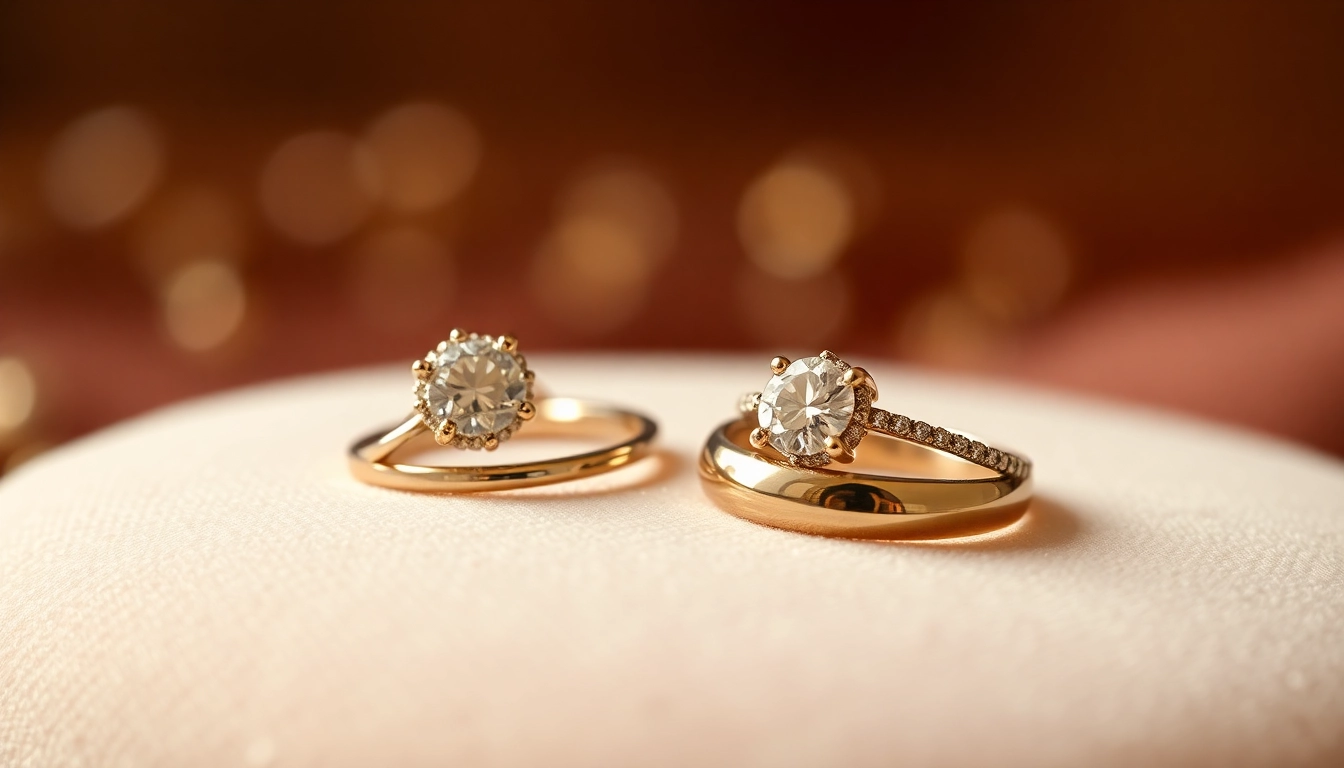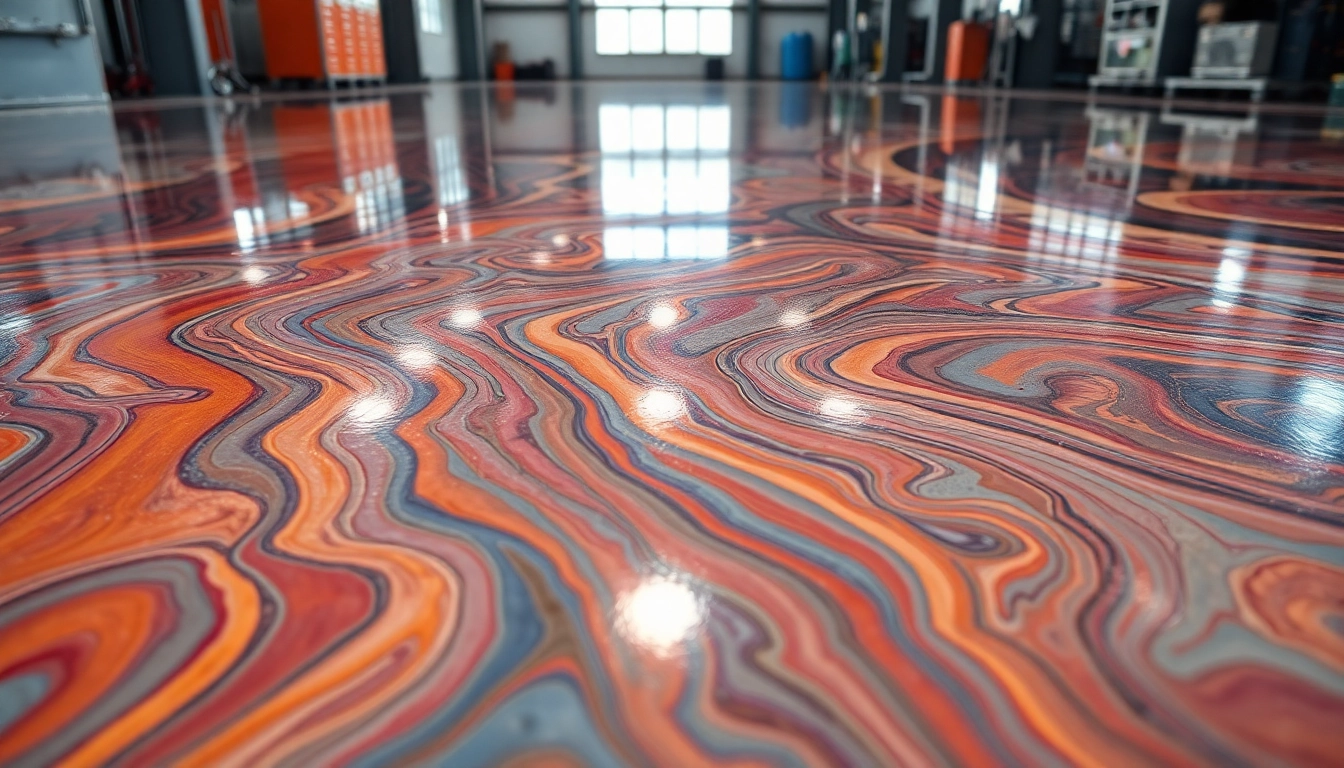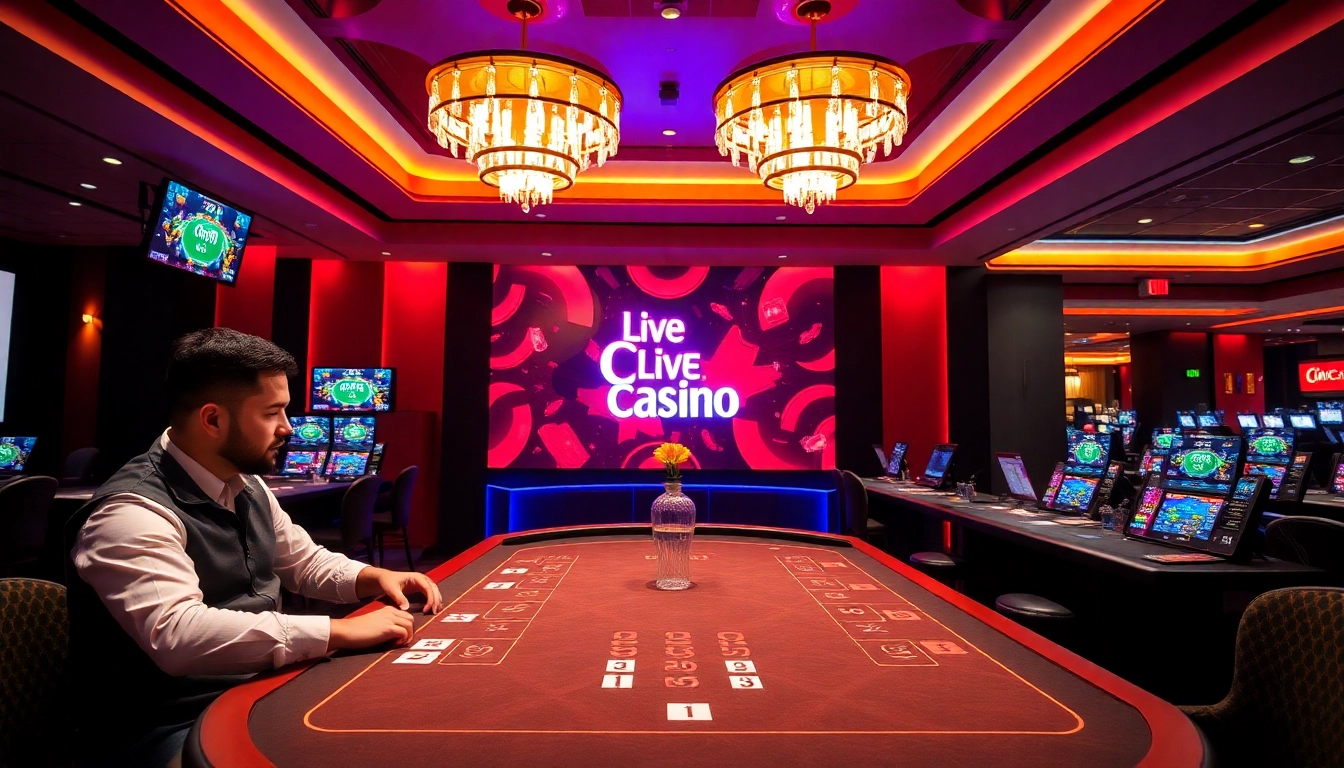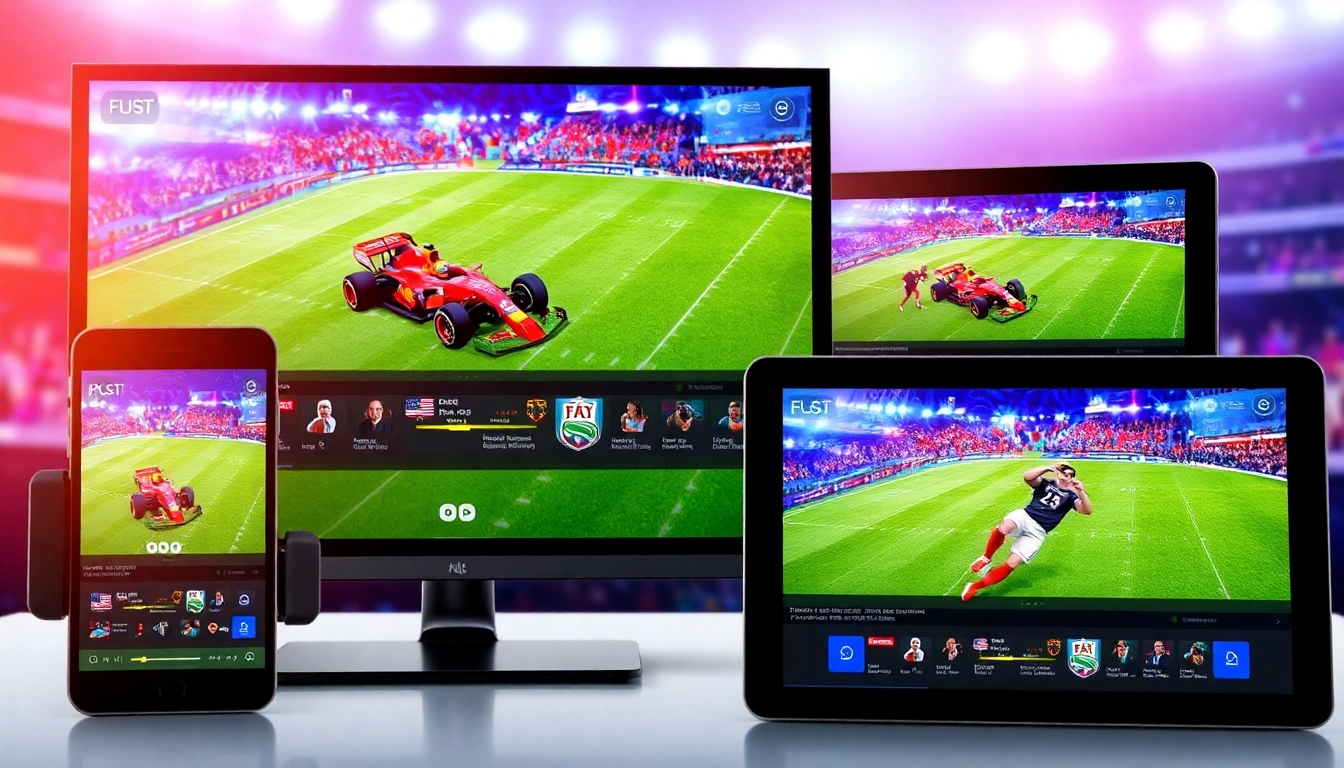Understanding Different Types of Engagement Rings
Choosing the perfect engagement ring is a significant milestone in any relationship. With countless styles, designs, and materials available, narrowing down your options can seem overwhelming. To make an informed decision, it’s essential to understand the various types of engagement rings, their popular styles, and how they can reflect personal taste and values. Whether you prefer timeless classics or modern, unique designs, knowing your options helps ensure that your ring symbolizes your love perfectly.
For an extensive selection of beautifully crafted engagement rings, exploring reputable jewelry sources is a prudent first step. This guide dives into the most popular styles, materials, and matching sets, equipping you with the knowledge to choose a ring that truly resonates with you and your partner.
Popular styles and designs
Engagement ring styles are as diverse as couples themselves. Here are some of the most favored options:
- Solitaire: Features a single, prominent gemstone—typically a diamond—mounted on a simple band. This timeless design emphasizes the central stone’s brilliance and is highly versatile, suitable for both classic and contemporary tastes.
- Halo: Surrounds a central gemstone with a circle of smaller diamonds or gemstones. This design creates an eye-catching sparkle and can significantly enhance the perceived size of the main stone.
- Three-Stone: Symbolizing the past, present, and future, this style features a central stone flanked by two smaller stones. It offers both sentimental value and visual impact.
- Vintage and Antique: Inspired by historical designs, these rings often feature intricate details, filigree work, and unique craftsmanship, appealing to those who love a sense of history and craftsmanship.
- Modern and Unique: Incorporates non-traditional cuts, asymmetrical designs, and alternative materials, perfect for individuals seeking one-of-a-kind jewelry.
Choosing the right style hinges on personal preference, lifestyle, and the significance you wish to imbue into your ring.
Material options: gold, platinum, and more
The material of your engagement ring not only influences its appearance but also its durability and maintenance needs. The most common options include:
- Gold: Available in 14K or 18K purity levels, gold rings come in yellow, white, or rose shades. Gold is popular for its affordability, versatility, and warm glow.
- Platinum: Known for its strength and hypoallergenic properties, platinum offers a silvery-white finish that is naturally lustrous. It’s highly durable, making it suitable for everyday wear.
- Palladium: Similar to platinum but more affordable, palladium provides a natural white color and excellent resistance to tarnishing.
- Silver: Less common for engagement rings due to its softness and tendency to tarnish, but it can be ideal for a budget-friendly, youthful, or fashion-forward look.
- Alternative Materials: For those seeking unique options, materials like titanium, tungsten, or ceramic provide excellent durability and contemporary aesthetics, though they may be less traditional.
When selecting the material, consider how it complements your skin tone, lifestyle, and long-term maintenance preferences.
Matching rings for couples
Couples often opt for matching or complementary rings to symbolize unity and shared commitment. These can include:
- Matching Engagement and Wedding Bands: Coordinated sets that maintain a consistent design or metal type, creating a harmonious look.
- His and Hers Sets: Complementary rings that differ slightly in design, size, or detailing yet share a common theme or motif.
- Couple’s Custom Sets: Fully personalized matching rings that incorporate shared symbols, initials, or meaningful themes, fostering a deeper connection.
Matching rings can enhance the aesthetic appeal and serve as a daily reminder of your bond. When choosing matching or complementary sets, consider personal style, comfort, and how the rings will be worn together.
Factors to Consider When Selecting Engagement Rings
Choosing an engagement ring involves several critical considerations. A thoughtful approach ensures that the ring aligns with your partner’s style, preferences, and your budget.
Setting a budget and price points
First and foremost, establishing a budget guides your choices and helps narrow options. Engagement rings come in a broad spectrum—from affordable alternatives to luxurious designer pieces. Experts often recommend spending around two to three months’ salary, but personal financial circumstances should dictate your budget. Remember, the value of a ring lies in its significance, not its price—and there are stunning options across all price ranges.
Choosing the right cut and shape of the diamond
The cut and shape of a diamond significantly influence its brilliance and overall appearance. Popular diamond shapes include round, princess, emerald, cushion, and oval. Each shape has its unique charm and cut grade considerations. For example, a round brilliant cut offers maximum sparkle, while an emerald cut provides a sleek, sophisticated look. When selecting the cut, prioritize the 4Cs—cut, color, clarity, and carat weight—to balance quality and budget.
Matching ring metal with personal style
The metal choice should reflect personal style, skin tone, and lifestyle considerations. For example, yellow gold imparts a warm, classic look, while white gold or platinum offers a sleek modern aesthetic. Rose gold blends vintage charm with a romantic feel. Consider durability—platinum and palladium excel in everyday wear—along with maintenance needs and allergy potential.
Designing Custom Engagement Rings
For those seeking a truly unique symbol of their love, custom-designed engagement rings offer the perfect solution. Working directly with jewelers allows for creative expression, personal symbolism, and the creation of a piece that reflects your relationship’s story.
Collaborating with jewelers for unique creations
Begin by researching reputable jewelers with a strong portfolio of custom designs. Clear communication about your vision, preferences, and budget is crucial. Many jewelers provide sketches, CAD (computer-aided design) renderings, and prototypes to ensure the final piece meets expectations.
Incorporating personal symbols and preferences
Custom rings can feature engravings, birthstones, meaningful motifs, or unusual materials. For example, integrating a symbol from your shared history or a family heirloom can add sentimental value and uniqueness.
Design process and approximate timelines
The design process typically spans several weeks to months, including initial consultations, design approvals, and fabrication. Planning ahead ensures your ring is ready for your engagement date and allows ample time for adjustments.
Care, Maintenance, and Longevity of Engagement Rings
An engagement ring is an investment that warrants ongoing care to preserve its beauty and integrity. Proper maintenance extends the lifespan of your jewelry and ensures it remains a treasured symbol of your love for years to come.
Cleaning and regular inspections
Regular cleaning with gentle solutions or professional cleaning services keeps the ring sparkling. Schedule inspections for prong security, diamond setting, and metal integrity at least once a year to prevent loss or damage.
Proper storage and wearing tips
Store your rings in a soft-lined jewelry box or individual pouches to prevent scratches. Remove rings during activities that may cause damage, such as heavy lifting, gardening, or vigorous exercise.
Resizing and repair options
Over time, your ring may require resizing due to weight fluctuations or finger changes. Reputable jewelers offer resizing, re-polishing, and repair services to maintain the ring’s beauty and fit, ensuring it remains comfortable and secure.
Where to Buy Engagement Rings: Best Retailers and Online Shops
Choosing a reputable seller is essential to ensure quality, authenticity, and fair pricing. Both local brick-and-mortar stores and online platforms have their advantages.
Reputable local jewelry stores
Local jewelers offer personalized service, immediate inspection, and the ability to see and try rings on-site. Building a relationship with a trusted jeweler can also facilitate custom work and after-sales services.
Trusted online engagement ring shops
Online retailers often provide a broader selection, competitive prices, and detailed descriptions. Popular sites typically include certification verifications and flexible return policies, which add security to your purchase.
Tips for secure and fair purchasing
Research the seller’s reputation, request certification (such as GIA reports for diamonds), and understand warranty and return policies. Always opt for insured shipping and consider obtaining independent appraisals for high-value rings.






